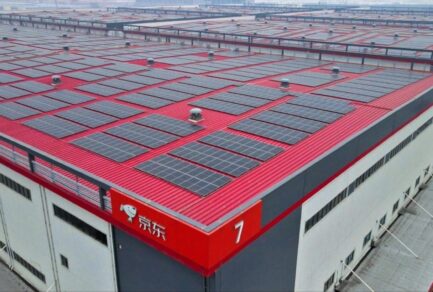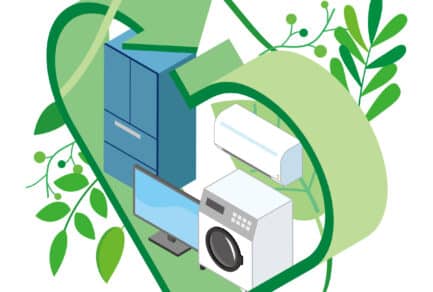Sep 23, 2020|
The Green Stream Initiative: How to Cut the Carbon Footprint of Online Shopping
This article was first published on the World Economic Forum’s Agenda Blog
by Vivian Yang and Ella Kidron
When a package from an e-commerce shopping spree arrives on the doorstep, how many of us think about where it came from? The answer is probably not too many. Perhaps even fewer will think about the carbon footprint generated through all of the steps it took to get the package to our doors.
It is not merely the “last mile” of the logistics process, the delivery, which adds to our carbon footprints but every step of the process: from when a product was manufactured, all the way to when it makes it into our hands. Put simply, the supply chain is extremely carbon-intensive, but fortunately, there are a few things we can do to lessen the blow. First and foremost is green supply chain management.
Green supply chain management integrates eco-friendly measures into the entire supply chain process, from product design to procurement, and from product delivery to end-of-life disposal. It is impossible for one party to achieve this on their own. Rather, green supply chain management requires an integrated stakeholder approach, ensuring that every activity in the supply chain is more sustainable.
JD.com, as China’s largest retailer and a leading logistics provider, is pioneering the ecosystem approach to green supply chain management in China. Under the “Green Stream Initiative” which was jointly initiated by JD and its partners, including P&G, Nestle, Lego, Unilever, WWF and more in 2017, a number of decarbonizing actions have been implemented throughout the supply chain. The concrete actions that have been taken to ensure responsible consumption, transportation and disposal, include:
1. Package design
When we think about a single package, the amount of tape used to secure each one might seem insignificant. But what if we are talking about the 63 billion parcels in circulation in China’s logistics industry in 2019? It turns out that narrowing the tape, from 54mm to 45mm as JD did four years ago, can make a big difference. By adopting slimmer tape, without using too little that the package would not be sealed properly, over 15% of total tape used has been saved. Given the massive amount of packages JD generates, the company estimates that at least 100 million metres of tape can be reduced each year.
This standard has not only been implemented by JD; partners across the logistics industry in China have followed suit. To further encourage minimizing packaging in the industry, JD initiated a green packaging standards alliance and a green packaging R&D centre in collaboration with partners, both of which are a first for the industry, and contribute to building awareness and standardization of green packages in the e-commerce and logistics industry.

P&G’s original packaging from JD’s warehouses
2. Procurement
Minimizing secondary packages and waste is the collective goal for the upstream and downstream partners in the supply chain ecosystem. One solution to this is using packaging boxes that can be circulated throughout the ecosystem, instead of just used once.
At the same time, by closely working with upstream partners, employing measures such as co-designing packages with manufacturers, or moving our packaging operations into manufacturers’ premises instead of our own warehouses, more and more primary packaging can now be used for direct shipment, greatly improving operational efficiency and reducing packaging waste. With our support, consumer goods giant P&G has now fully adopted original packaging delivery in all its e-commerce operations in China.
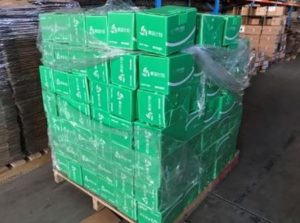
JD’s bsiness-to-business circulation boxes
3. Green warehousing
Behind an efficient logistics operation are large-scale, highly-automated warehouses. How to power those warehouses to ensure that they can meet the needs of the business, without causing a massive amount of pollution is a key consideration. As such, on the warehouse roofs of JD’s Asia No. 1 logistics fulfillment center in Shanghai, a massive distributed photovoltaic power generation system has been built, supplying electricity for the highly automated warehouses and connecting to the power grid. It is expected that by 2030, the power generation area will reach 200 million square metres, becoming the largest powerhouse of clean energy of this kind.
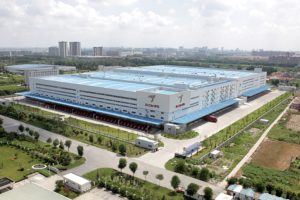
4. Transportation
We can further green the supply chain by using electric vehicles, thus reducing the impact of getting products from one place to another. To date, JD has introduced more than 5,000 self-operated electric vehicles in 50 cities cross China. Over 1,600 charging terminals have been installed across the country. Electric motorcycles are used by many of the couriers during the last-mile delivery process, further helping to reduce CO2 emissions and traffic congestion.
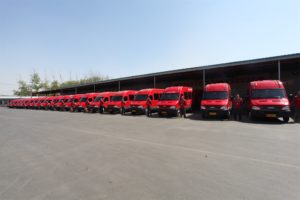
Clean-energy JD delivery vehicles
5. Product delivery
Products can be delivered in recyclable boxes and insulated cold chain containers, which can be used repeatedly in the packaging, distribution and delivery phases. To incentivize customers to participate, we provide customers who join our box recycling programme with loyalty points and rebates.
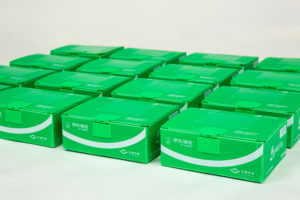
Green stream circular boxes
6. End-of-life product management
In order to track and give many used products a fruitful second life, JD has used its digital platform and logistics to ensure that used products, such as clothes, toys, books and more make it to their new homes. Some of these products are reused by charity organizations, some are recycled by professional recycling institutions, and some are redesigned into new products.

In late 2019, JD and Coca-Cola China co-piloted a recycling program in Shanghai. JD’s courier team collected used bottles from 50,000 households when they delivered packages to consumers. With the collected bottles, designers turned the PET materials into couriers’ uniforms and other lifestyle products. The cooperation aims to help more people understand the value of recycling and help shape their daily behavior, including waste sorting, recycling and sustainable consumption.

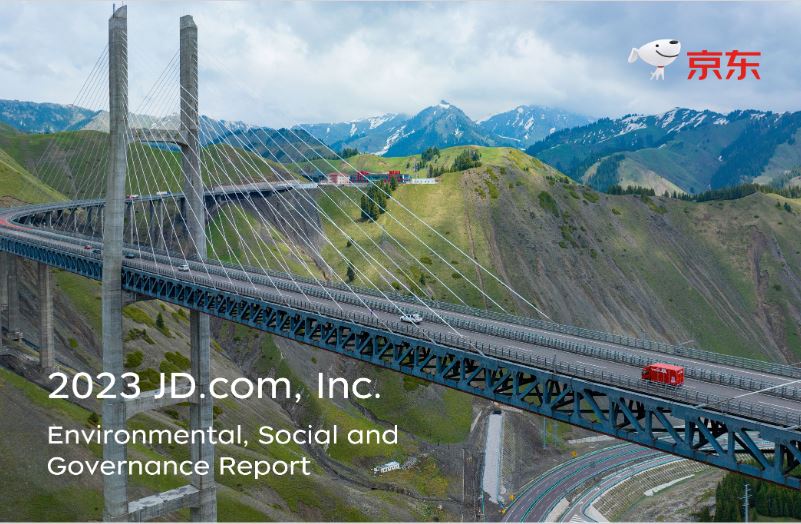
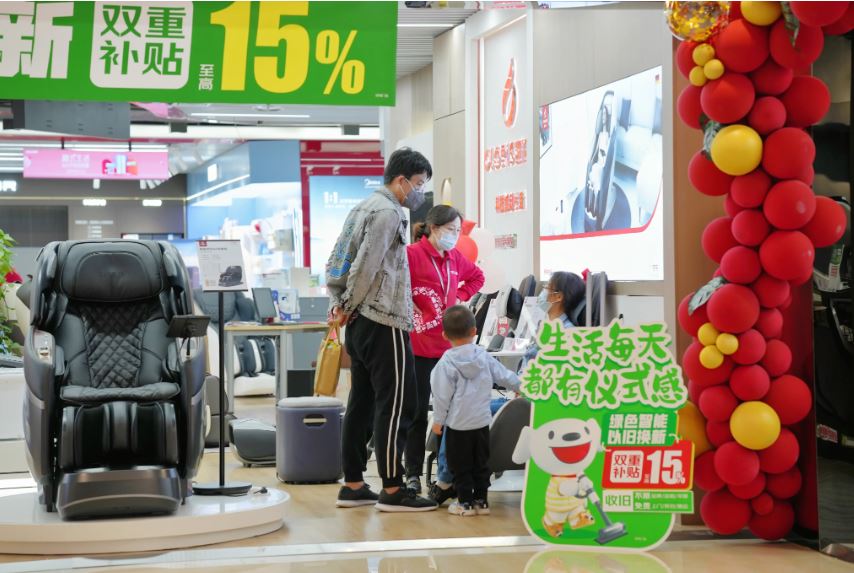

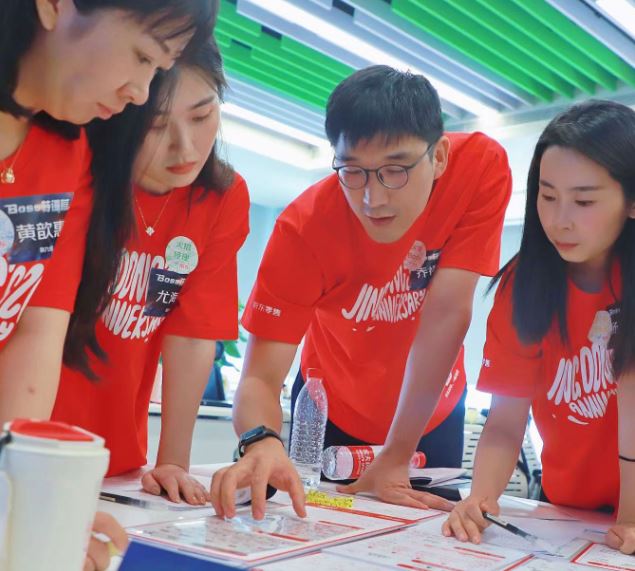





 Reducing Cost and Damage, JD Logistics to Power Aiqin’s 8,000 Stores
Reducing Cost and Damage, JD Logistics to Power Aiqin’s 8,000 Stores


